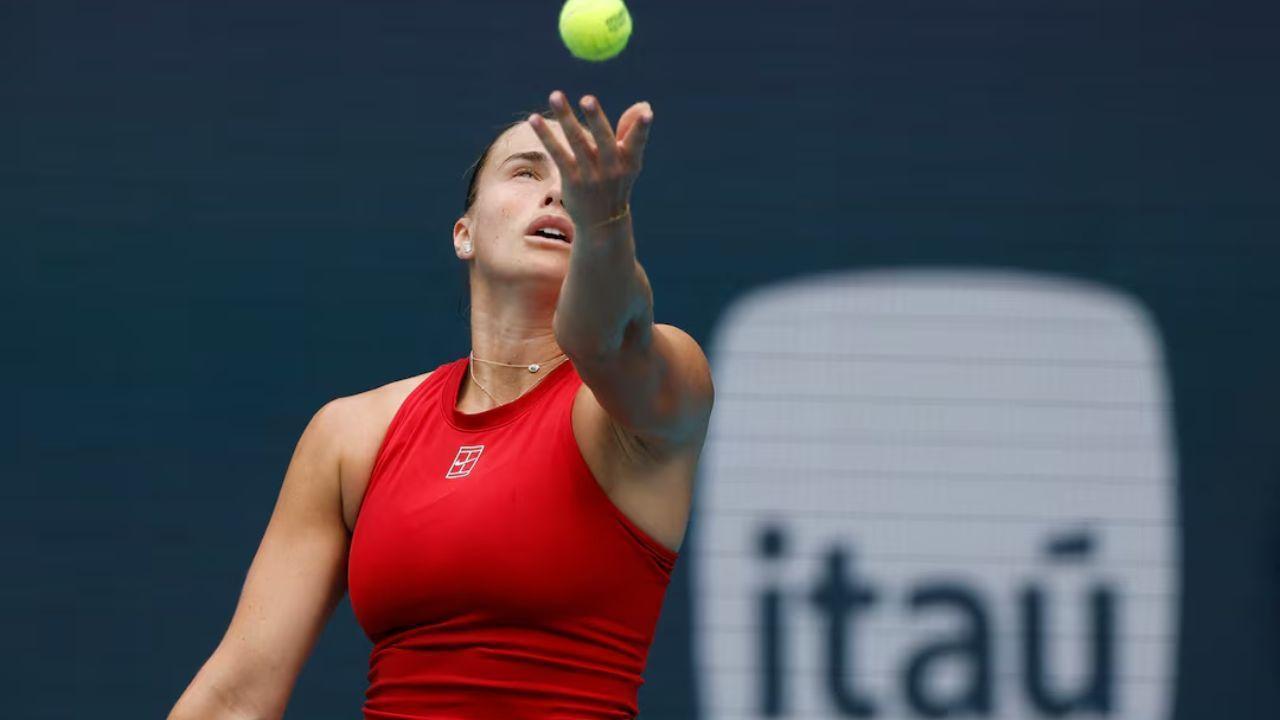
Post by: Vansh Kumar
Athletes constantly push their bodies to the limit, striving for peak performance. But what truly separates an elite athlete from an average one? The answer lies in the science behind athletic performance and training. By understanding how the body functions, adapts, and improves, athletes can maximize their potential. From biomechanics and nutrition to mental resilience and recovery, every aspect of training is guided by scientific principles. Whether you're a professional athlete or a fitness enthusiast, applying these principles can help you achieve better results and avoid injury.
Biomechanics is the study of how the body moves and functions during physical activity. It plays a crucial role in the science behind athletic performance and training. Proper movement mechanics help athletes optimize efficiency, reduce energy waste, and prevent injuries. For example, a sprinter’s stride length and frequency directly impact speed. By analyzing their running mechanics, coaches can make adjustments to improve performance. Similarly, weightlifters rely on biomechanics to maintain proper posture and distribute force efficiently. Even in everyday workouts, understanding biomechanics ensures that exercises are performed safely and effectively.
Athletic performance relies on two key physical components—strength and endurance. Strength training focuses on building muscle power through resistance exercises, while endurance training enhances cardiovascular and muscular stamina. Strength training involves exercises like squats, deadlifts, and bench presses, which increase muscle mass and power. It is essential for sports that require explosive movements, such as sprinting, jumping, or lifting. Endurance training, on the other hand, improves cardiovascular efficiency through activities like long-distance running, cycling, and swimming. It helps athletes sustain high performance for extended periods. A well-balanced training program includes both strength and endurance elements to ensure overall athletic capability.
Fueling the body properly is a critical part of the science behind athletic performance and training. Without the right nutrients, the body cannot function optimally, recover effectively, or build muscle efficiently. Proteins aid in muscle repair and growth, carbohydrates provide energy, and healthy fats support cell function. In addition to macronutrients, micronutrients such as iron, calcium, and magnesium support energy production, bone strength, and muscle contractions. Hydration is equally important, as dehydration can lead to fatigue, cramps, and poor performance. Athletes need to consume adequate water and electrolytes to stay hydrated, especially during intense workouts. A customized diet based on an athlete’s specific needs ensures they get the best results from their training.
Athletic performance is not just about physical strength—it’s also about mental resilience. Sports psychology focuses on improving focus, motivation, and confidence, which are crucial in competitive sports. Techniques such as visualization, goal setting, and mindfulness help athletes stay composed under pressure. Elite performers often use mental training to sharpen their focus, manage stress, and maintain peak performance even in high-stakes situations. The ability to overcome setbacks and stay mentally strong can make a significant difference in an athlete’s success.
Training hard is important, but recovery is equally vital in the science behind athletic performance and training. Proper recovery allows muscles to repair, prevents burnout, and reduces injury risks. Quality sleep enhances muscle recovery, hormone balance, and cognitive function. Scheduled rest days prevent overtraining and keep the body fresh, while active recovery exercises like stretching, yoga, or swimming improve circulation and muscle relaxation. Techniques such as sports massages and ice baths aid in reducing muscle soreness and inflammation. By prioritizing recovery, athletes can maintain long-term performance without excessive wear and tear.
Modern advancements have transformed the science behind athletic performance and training. Wearable devices, such as fitness trackers and heart rate monitors, provide real-time data on movement, speed, and energy expenditure. High-speed cameras and motion analysis software help coaches refine an athlete’s technique. Additionally, AI-driven training programs use data to personalize workouts and nutrition plans, ensuring that athletes train smarter, not just harder.
The Science Behind Athletic Performance and Training explores how scientific principles shape an athlete’s success. Understanding biomechanics helps optimize movements, while strength and endurance training build power and stamina. Proper nutrition and hydration provide the energy needed for peak performance, and mental resilience enhances focus and motivation. Recovery, including sleep, rest, and active recovery techniques, prevents injuries and ensures long-term success. The role of technology in modern training, such as wearable devices and AI-driven programs, further refines athletic performance. By incorporating these strategies, athletes can maximize their potential and improve their overall fitness levels.
This article is published for informational purposes only. The content is based on general research and does not constitute professional medical or fitness advice. Readers are encouraged to consult with certified trainers, nutritionists, or healthcare professionals before making significant changes to their training or diet. DXB News Network is not responsible for any decisions made based on this content.
#trending #latest #AthleticPerformance #SportsScience #FitnessTraining #PeakPerformance #StrengthAndConditioning #EnduranceTraining #SportsNutrition #AthleteMindset #RecoveryTips #TrainingScience #breakingnews #worldnews #headlines #topstories #globalUpdate #dxbnewsnetwork #dxbnews #dxbdnn #dxbnewsnetworkdnn #bestnewschanneldubai #bestnewschannelUAE #bestnewschannelabudhabi #bestnewschannelajman #bestnewschannelofdubai #popularnewschanneldubai

Smart Saving and Investment Tips for Your 20s and 30s...Read More.

How to Prepare Today’s Students for Tomorrow’s Job Market...Read More.














Death Toll Rises in Myanmar, Bangkok Collapse; Rescue Ops Ongoing
The death toll from Myanmar's 7.7-magnitude earthquake rises to 1,644. Bangkok building collapse kil

Daria Kasatkina Switches to Australian Flag in Tennis Career
Daria Kasatkina, world No. 12, announces she's switching to represent Australia in tennis after gain

Salman Khan’s Sikandar Shines on Ain Dubai Before Release
Dubai lit up Ain Dubai with Sikandar visuals ahead of its release! Salman Khan’s Eid action blockbus

Small Plane Crashes into House in Minneapolis Suburb
A small plane from Iowa to Minnesota crashed into a house near Brooklyn Park. No survivors on board;

Partial Solar Eclipse to Be Visible Across Northern Hemisphere
A partial solar eclipse will be visible on Saturday from Canada to Siberia, with the best views in n